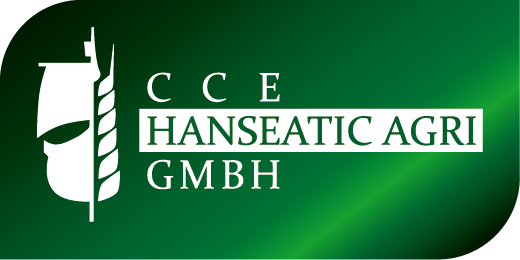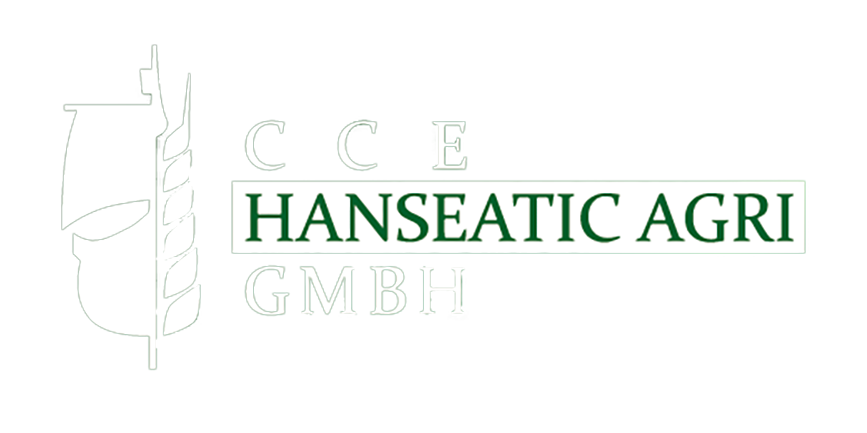What Is Raw Dog Food Made Of
The trend towards raw dog food diets has seen a significant rise in popularity among companies producing pet food, aiming to cater to consumers seeking more natural and health-focused pet options.
This shift towards raw food diets reflects a deeper understanding of a dog’s nutritional needs and a desire to provide meals that closely mimic what their ancestors would have eaten in the wild.
As experts in the pet food industry, we recognize the importance of offering products that meet the nutritional requirements of pets and align with the preferences of today’s informed consumers.
The Philosophy Behind Raw Dog Food
The philosophy behind raw dog food, often called the BARF (Biologically Appropriate Raw Food) diet, is rooted in the belief that dogs thrive on a diet similar to what their ancestors consumed.
This approach to feeding raw dog food emphasizes including fresh, unprocessed ingredients that provide dogs with a balanced and nutrient-rich diet. The goal is to replicate a natural eating environment, allowing dogs to benefit from the full nutritional value of raw ingredients, including muscle meat, organ meats, bones, and vegetables.
This philosophy underpins the development of raw dog food recipes that cater to the instinctual dietary preferences of dogs, promoting optimal health and well-being.
Core Components of Raw Dog Food
Muscle Meat
Muscle meat is the cornerstone of the raw dog food diet, providing a rich source of protein and essential amino acids for a dog’s health and vitality. This component includes:
- Beef
- Chicken
- Lamb
- Fish Muscle meat not only supports muscle development and maintenance but also contributes to the overall palatability of the diet for dogs.
Organ Meats
Organ meats are a critical component of raw dog foods, offering a concentrated source of vitamins, minerals, and other nutrients essential for a dog’s health. Key organ meats include:
- Liver
- Kidneys
- Heart These ingredients ensure that raw dog food diets are nutrient-dense, supporting various bodily functions and overall health.
Bones
Bones, whether whole or ground, are integral to raw dog food recipes, providing essential minerals like calcium and phosphorus. They play a crucial role in:
- Dental Health
- Digestive health Including bones in raw dog foods helps mimic the natural feeding patterns of wild ancestors, promoting a balanced and holistic diet.
Vegetables and Fruits
Vegetables and fruits add vital fiber, vitamins, and minerals to raw dog food diets, enhancing the nutritional profile and ensuring a well-rounded meal. Examples include:
- Leafy greens
- Carrots
- Apples
- Berries These ingredients contribute to dogs’ overall health and well-being, supporting digestive health and immune function.
Dairy and Eggs
Unpasteurized dairy products and raw eggs are sometimes included in raw dog food diets for their nutritional benefits, providing:
- Additional vitamins
- Minerals
- Healthy fats These components enhance the nutritional value of raw dog foods, contributing to a dog’s overall health and vitality.
Supplements
To ensure that raw dog food diets meet all of a dog’s nutritional needs, supplements may be added, including:
- Fish oil
- Vitamin E
- Probiotics These supplements help address any potential nutritional gaps in raw dog food recipes, ensuring a balanced and complete diet.
Benefits of Raw Dog Food
Feeding raw dog food, or Raw Pet Food, offers numerous advantages for dogs, contributing to their overall health and well-being. The benefits of incorporating raw diets into a pet’s feeding regimen include:
Improved Coat and Skin Health:
- Raw pet food diets are rich in essential fatty acids, contributing to a shinier coat and healthier skin.
- Reduction in skin allergies and irritations.
Better Dental Health:
- Chewing on raw bones naturally helps to remove tartar and plaque buildup.
- Promotes healthier gums and fresher breath.
Enhanced Digestive Function:
- Raw diets are easily digestible, leading to improved nutrient absorption.
- Results in smaller, less odorous stools.
Increased Energy and Vitality:
- High-quality protein and fat from raw meat diet support sustained energy levels.
- Dogs exhibit more vibrant and playful behavior.
Optimal Weight Management:
- Natural ingredients in raw dog foods help maintain an ideal weight.
- Lower risk of obesity compared to some commercial pet foods.
Stronger Immune System:
- The variety of natural vitamins and minerals in raw food diets supports a robust immune system.
- Reduced frequency of diseases and infections.
These benefits highlight the positive impact that Raw Pet Food can have on a dog’s health. By feeding raw dog food, you invest in your pet’s nutritional well-being, ensuring they lead a happy, healthy, and active life.
Safety and Preparation
The safety and preparation of raw dog food are paramount to ensure that pets receive all the benefits of a raw diet without any potential risks. High-quality, fresh ingredients are essential to minimize the risk of bacterial contamination. Proper handling and hygiene practices are crucial in the preparation of raw dog foods, including:
- Sourcing from reputable suppliers
- Maintaining cleanliness in food preparation areas
- Ensuring balanced formulations to avoid nutritional deficiencies Adhering to these safety measures ensures that raw dog food diets are nutritious and safe for pets to consume.
Conclusion
The core components of raw dog food, including muscle meat, organ meats, bones, vegetables, fruits, dairy, eggs, and supplements, work together to provide a balanced and nutritionally rich diet for dogs.
The benefits of feeding raw dog food, such as improved health and vitality, underscore the importance of this feeding approach. However, the safety and preparation of raw dog foods are critical to ensure that pets enjoy these benefits without any risks.
As experts in the pet food industry, we are committed to producing high-quality raw dog foods that meet dogs’ nutritional needs and preferences, supporting their health and well-being through natural and wholesome diets.














